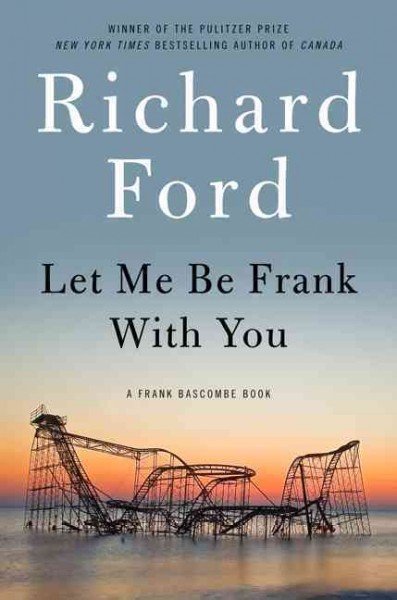A Single Thread Tracy Chevalier (2019)
I know what you’re thinking: “You’re really recommending a novel about embroidery?”
First off, let’s get the terminology straight. In the early 1930s, when A Single Thread is set, the British term “embroidery” referred to what we now call “needlepoint,” the stitching of yarn through canvas that has an open weave. Needlepoint is used to make objects that are sturdy and practical, as well as beautiful: cushions, chair covers, eyeglass cases, and such.
Second, portraying a group of female needlepoint experts is a clever device that novelist Tracy Chevalier uses to approach a demographic debacle in post-World–War-I England. The war took the lives of about 700,000 British men, mostly young, and maimed many others, leaving a generation of British women without male partners. These were the “surplus women,” and A Single Thread tells the story of one of them, Violet Speedwell.
Violet lost both her brother and her fiancé to the war. At the start of the novel, she’s decided to separate herself from her dour, miserable mother, who has never recovered from the death of one of her sons. Violet sets off on her own to the nearby city of Winchester and works as a typist, barely scraping by financially. Descriptions of her pitiful meals of bread and margarine reveal the day-to-day poverty endured by millions in Depression-era Britain. But Violet is also starving emotionally.
Then she accidentally happens upon the Winchester Broderers, a group of women who carry on medieval traditions (and terminology) by producing exquisite embroidered articles for use in Winchester Cathedral. The Broderers—some kindly, some decidedly not—become Violet’s anchor in an uncertain world. And because she hangs around Winchester Cathedral a lot for meetings of the Broderers, she meets the cathedral’s bell ringers, a male coterie that provides a love interest.
Tracy Chevalier excels in depicting the inner lives of women in difficult circumstances, as she did with great success in her 1999 historical novel, Girl with a Pearl Earring. In A Single Thread, Chevalier again takes on women’s issues of loneliness, servitude, sexuality, camaraderie, and defiance of social norms. Chevalier makes full use of the symbolism of embroidery (read: needlepoint) as redemptive when, in a climactic scene, Violet uses a well-placed embroidery needle to fend off an attacker.
If you love cathedral architecture or bell ringing or needlework, A Single Thread is a must read. If you just love a historical novel with compelling characters, it’s also a must read.






